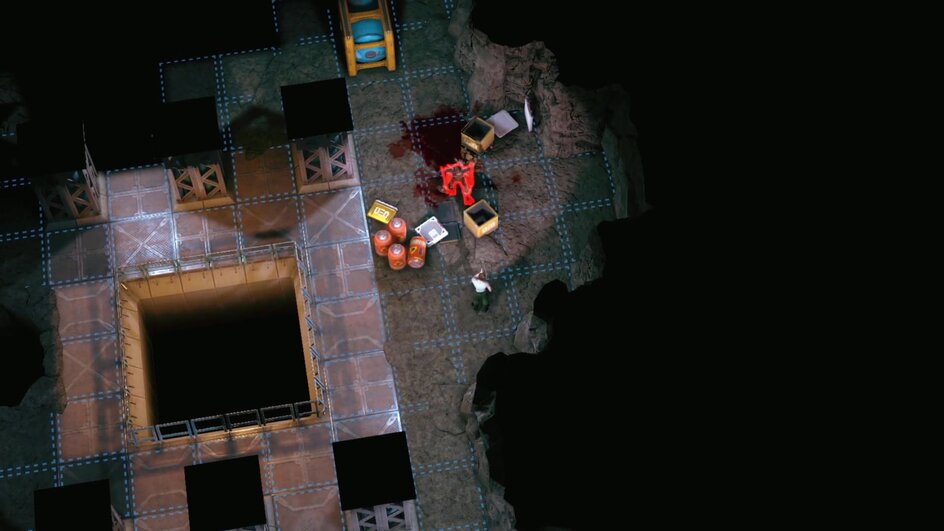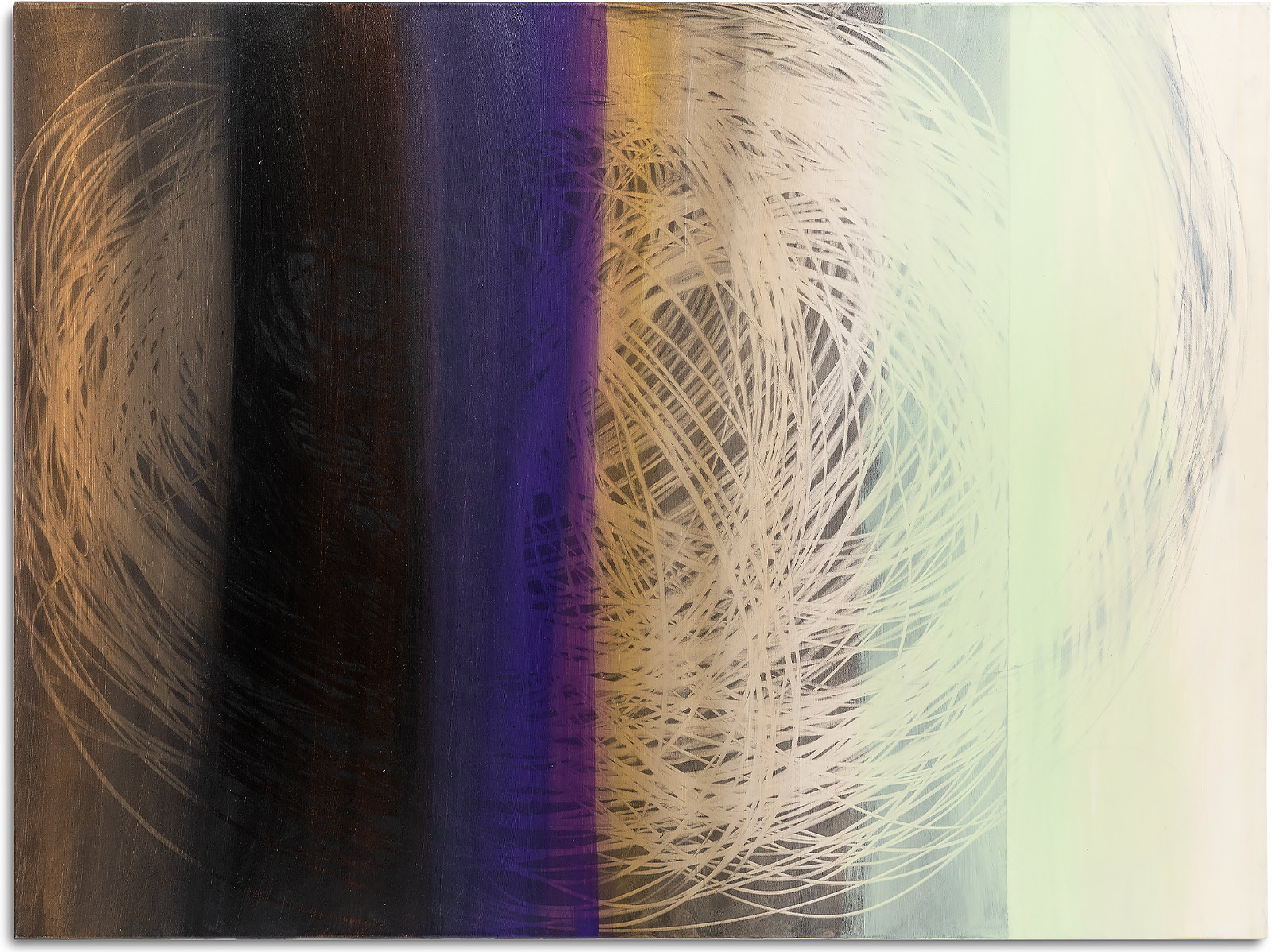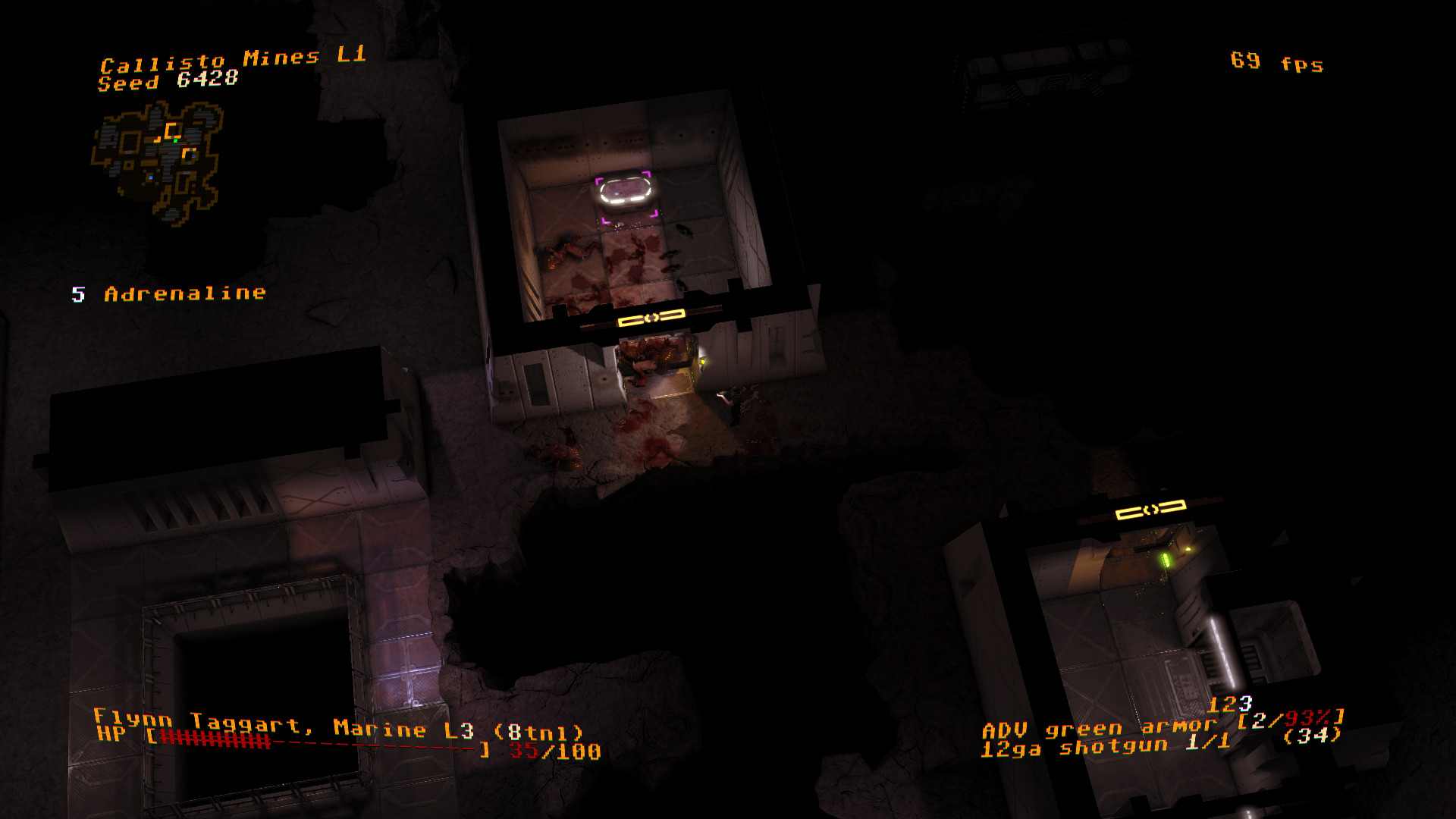
The spot looked like a misplaced, slightly diffuse shadow transit. So yes, it can be seen in a fast 4.5-inch scope. "I saw the impact clearly with my modified StarBlast reflector.

From Victoria, British Columbia, S&T's Gary Seronik writes: More than a week after the impact the mark is still quite visible in small amateur scopes. Read all about it, and view more Hubble images. The Hubble Space Telescope team suspended its shakedown and calibration of the recently rebuilt telescope and rushed the new Wide Field Camera 3 into service to image the impact mark. Note the Shoemaker-Levy 9–like splash ring. thermal glow) image from the 8.1-meter Gemini North telescope taken on July 22nd. Here's a fine two-color mid-infrared (i.e. Here's a local article from Australia on Anthony Wesley and his discovery. The Jet Propulsion Lab quickly put out a news release with near-infrared (reflected-light) images (also available here if the first site is overloaded.) July 24:More amateur photos are posted at the pages for July 21, July 24, and July 28. If it's really black debris dredged up by an impact, it will probably become spread out horizontally by jet streams in the coming days, and will thin out to invisibility in a matter of weeks and months - as did the marks from Comet S-L 9. For the predicted times when it will cross the planet's central meridian, add 2 hours and 6 minutes to each of our predicted transit times for Jupiter's Great Red Spot. The spot is located near Jupiter's System II longitude 210°. "It appears to me to be spreading out as predicted." The shot was made with a 14.5-inch reflector and stacked video at 3:46 UT July 21, 2009. "Here is the spot recorded this morning in marginal seeing," writes S&T's Sean Walker. High altitude particulates, looks nothing like weather phenom." (Keep up with Fletcher's tweets, and read his July 22nd blog post about the impact). Leigh Fletcher twittered from NASA's Infrared Telescope Facility in Hawaii: "This has all the hallmarks of SL-9 in 1994 (15 years to the day!). Jupiter's atmosphere normally contains no dust. There is compelling evidence, such as the mark's high infrared brightness in reflected sunlight, that it is black dust resulting from the impact of an asteroid or comet. Wesley has put up a Jupiter impact page with more of his own images. Amateurs have been spotting it in 4-inch and smaller telescopes, at least when Jupiter is high after midnight and the atmospheric seeing steadies up.

The dark mark, which appeared suddenly between July 17th and 19th, was quickly confirmed by many other observers. The image at right, taken by Anthony Wesley, a well-known Australian astrophotographer and planetary observer, shows a new dark marking on Jupiter strikingly similar to the ones left when Comet Shoemaker-Levy 9 crashed into the giant planet in 1994. That may well be.Taken on July 19, 2009, Anthony Wesley's image of Jupiter shows a dark marking strikingly similar to the ones left when Comet Shoemaker-Levy 9 crashed into Jupiter in 1994. It is said that we had to learn from Copernicus and Darwin that man's place in the universe is not so exalted or so exclusive as man once thought. An additional motive for writing this book is that we both feel that the debunking of man has gone far enough - even too far. We are unimpressed by the recurrent intellectual fashions that belittle science and the other great human achievements. We believe in humanism: in human rationality, in human science, and in other human achievements, however fallible they are. We are aware of our fallibility yet we believe in the intrinsic value of every human effort to deepen our understanding of our selves and of the world we live in. We are conscious of the fact that what we have done is very conjectur al and very modest. We have written this book in the hope that we have been able to do so. We think that no more can be expected than to make a little progress here or there. Without pretending to be able to foresee future developments, both authors of this book think it improbable that the problem will ever be solved, in the sense that we shall really understand this relation.

The problem of the relation between our bodies and our minds, and espe cially of the link between brain structures and processes on the one hand and mental dispositions and events on the other is an exceedingly difficult one.


 0 kommentar(er)
0 kommentar(er)
